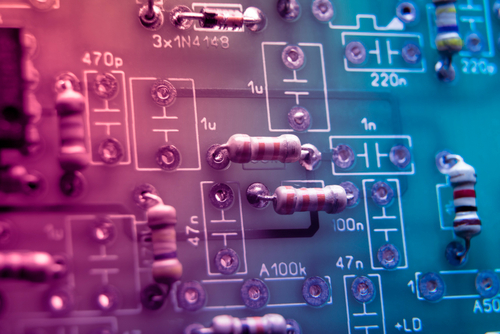Selecting the right electronic components is crucial to the success and efficiency of your projects. Factors such as performance, compatibility, reliability, and cost play a vital role in making informed choices. Here’s a detailed guide to help you navigate the process and choose components that best meet your project’s needs.
1. Define Performance Requirements
The foundation of selecting the right components lies in understanding your project’s performance needs.
- Key Specifications: Identify the technical parameters and performance requirements necessary for your application.
- Suitability: Match your project requirements to components that deliver the desired functionality, speed, and efficiency.
- By clarifying these details upfront, you can narrow down your options and make confident decisions.
2. Set Budget Constraints
Budget is a critical consideration in component selection. Balancing cost and quality is essential to achieve optimal results.
- Budget Planning: Establish a clear budget range for your project.
- Cost-Performance Balance: Seek components that provide the best performance within your budget without compromising quality.
- Spending wisely ensures both financial efficiency and project success.
3. Ensure Compatibility and Integration
For a system to work seamlessly, its components must be compatible and well-integrated.
- Component Compatibility: Check technical documentation to confirm that selected components will integrate smoothly with other parts.
- System Performance: Properly integrated components enhance the overall performance and reduce potential issues during development.
- Investing time in compatibility checks can save significant troubleshooting efforts later.
4. Focus on Reliability and Quality
The reliability of your components determines the long-term success and durability of your project.
- Trusted Suppliers: Purchase components from reputable suppliers with proven track records.
- Quality Assurance: Research supplier quality control processes and customer feedback to ensure you’re getting dependable parts.
- Using high-quality components minimizes the risk of failures and enhances system longevity.
5. Consider Sustainability and Supply Security
Sustainability and the long-term availability of components are critical for ongoing project maintenance.
- Supply Chain Robustness: Choose components with a secure and reliable supply chain to avoid future shortages.
- Future Availability: Assess the lifecycle of components and consider their upgrade potential to ensure long-term compatibility.
- Planning for sustainability ensures uninterrupted project operations and reduces the risks of obsolescence.
Why Component Selection Matters
Choosing the right components impacts every aspect of your project—from performance and compatibility to cost and reliability. By following these tips, you’ll not only streamline the selection process but also set the foundation for a successful and sustainable project.
Final Thoughts
The process of selecting electronic components requires thorough research and careful evaluation. By defining performance needs, working within budget constraints, ensuring compatibility, and prioritizing quality and sustainability, you can make informed decisions that lead to outstanding results.
Stay tuned for more expert tips and insights on optimizing your electronic projects. Here’s to building success with the right components—every time!
